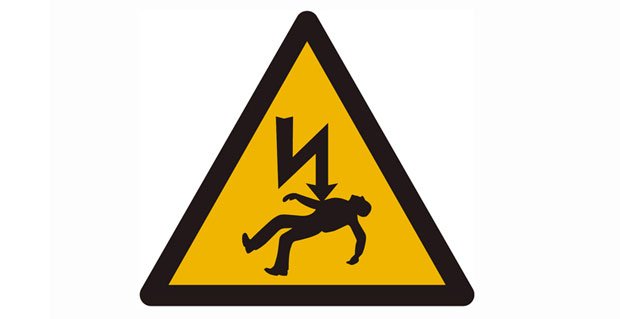When you plan to install lighting circuits and LED light bulbs, we always recommend you consult a suitably qualified electrical contractor. Each year, an average of 10 people die and 750 suffer serious injuries because of poor quality electrics at home.
Part P of the Building Regulations lays down guidance on how to ensure safety. The aim of Part P is to protect people who work on the design and installation of electrical circuits. Part P also obliges compliance with the law.
Part P applies to:
- Houses and flats
- Homes and businesses with a common supply of electricity
- Areas with shared amenities such as laundries
- Common access areas for flats
- Garden lighting and power
- Outbuildings
LED light bulbs can feature in all of the above.
Part P does not cover electric meters. It also doesn’t cover the wiring between meters and the grid. But it does include every other aspect of electrical installation and LED light bulbs.
The original Part P guidance appeared on 1 January 2005. From 6 April 2006, the government made the guidance clearer, and stressed the need for enforcement. Approved Documenthttps://www.gov.uk/government/publications/electrical-safety-approved-document-p P: Electrical safety – dwellings (2006 edition) has the details. You can download this free of charge from the Office of the Deputy Prime Minister.
Part P makes reference to extra-low voltage circuits. It calls them “special installations”. 12-volt LED light bulbs come under this heading. Guidance Note 7, published by the Institute of Electrical Engineers (IEE), has further advice about these.
Pre-assembled, CE-marked LED light bulbs are not special installations. Christmas lights, for example, are exempt from Part P.




